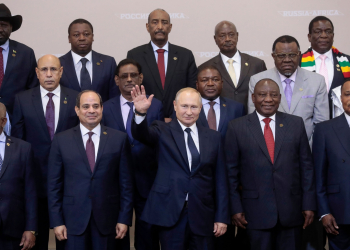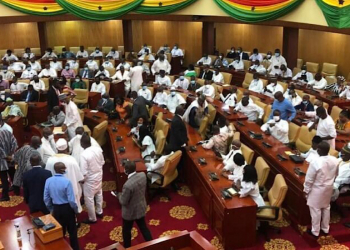The UN High Commission of Refugees today [Tuesday], June 20, 2017, released the world’s first satellite for distance learning, to be used by children in refugee camps. The satellite will enable two-way interactive learning, and was introduced at the Ampain Camp in Ghana’s Western Region.
With the recent incident of Sudanese refugees at the Krisan Camp in the Ellembelle District claiming that they have not received food and humanitarian aid in three years, this year’s World Refugee Day has taken on special significance in Ghana.
The increased attention placed on child labor in Ghana is projected to have an impact on child education, which will also affect children living in refugee camps.
As in any country that hosts refugees, living conditions including education, employment, and nourishment are always a concern. Quality of life within a refugee camps should ideally resemble life for other residents, but this is rarely the case.
UN High Commission of Refugees places the number of People of Concern (PoC) in Ghana at 18,457. The figure includes refugees and asylum seekers from at least 25 different countries.
The Krisan Camp was first a home for Liberians fleeing the Liberian Civil War, which lasted from 1989 to 1997. Then, refugees from Togo, Sierra Leone, and Sudan began to arrive. These were followed by refugees from Congo, Rwanda, Chad, and Cote d’Ivoire. Today, the camp is to home almost 900 people.
The UN High Commission of Refugees in Ghana’s briefing on The Krisan Camp, released in 2016, stated that the people of the camp work in the clothing and hair care industries, as well as in agriculture. Displaced people from Sudan are 47% of the camp’s population, according to the report.
Krisan camp is located 48 kilometers from Elubo on the Ghana-Ivory Coast border. Residents of the town of Krisan maintain friendly relations with the refugee camp.




